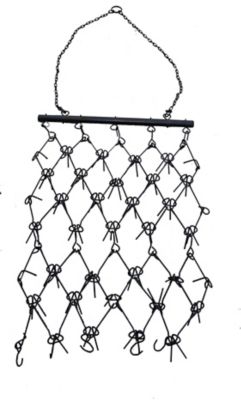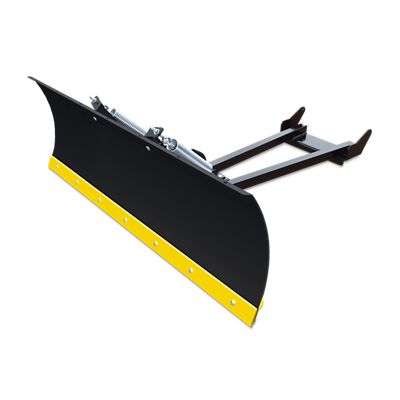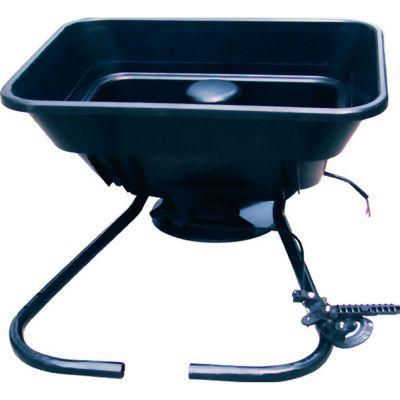Yard Tuff 4 ft. x 4 ft. Lawn and Garden Drag YTF-44516DH – 156997999
The Yard Tuff 4 ft. x 4 ft. Lawn and Garden Drag measures 4 ft. wide x 4 ft. long. This garden drag is designed with 69 tines and 10 hooks to optimize dragging. The tow chain with its ring fits over any 2 in. trailer ball.
The Yard Tuff 4 ft. x 4 ft. Lawn and Garden Drag measures 4 ft. wide x 4 ft. long. This garden drag is designed with 69 tines and 10 hooks to optimize dragging. The tow chain with its ring fits over any 2 in. trailer ball. This Yard Tuff drag is constructed of a unique design with 5/16 in. steel, giving you a drag that weighs 53 lb. – for lawns, food plots, and other lighter applications. It works with ATVs, UTVs, and lawn tractors. The tow bar can be moved to the opposite end for less aggressive dragging and the drag can even be flipped over for a different drag style. It is perfect for drying out driveways as well as lawn/field preparation. YTF-44516DH
- Yard Tuff drag measures 4 ft. x 4 ft.
- Designed with 69 tines and 10 hooks for ease of use
- Tow chain with its ring fits over any 2 trailer ball
- Unique design with 5/16 steel for lawns, food plots, and other lighter applications
- Weighs 53 lb.
- Works with ATVs, UTVs, and lawn tractors
- Versatile tow bar can be moved to the opposite end for less aggressive dragging or can even be flipped over
- High-quality garden drag is perfect for drying out driveways and lawn/field preparation
- 12 months limited parts warranty
Additional information
| Attachment Method | Tow Behind |
|---|---|
| Brand Compatibility | Universal |
| Model Compatibility | Universal |
| Primary Color | Black |
| Primary Material | Steel |
| Product Height | 3 in. |
| Product Length | 48 in. |
| Product Weight | 53 in. |
| Product Width | 48 in. |
| Attachment Type | Drag Harrows |
| Warranty | 12 Months Limited Parts |
| Working Width | 4 ft. |




by Krazy
I have some very narrow trails. This harrow works well, but is a little light to really rough up the ground. I added some cut logs to add some weight and it’s PERFECT!
by Gunner
Cheap and easy. Nothing to put together. Open the box, and hook it up. It is a little light so thats the only reason i gave 4 stars, but i knew that when i bought it. Does a pretty good job, and should take years of abuse.
by John
Add a little weight to it and it works great. It is tougher than I thought it would be.